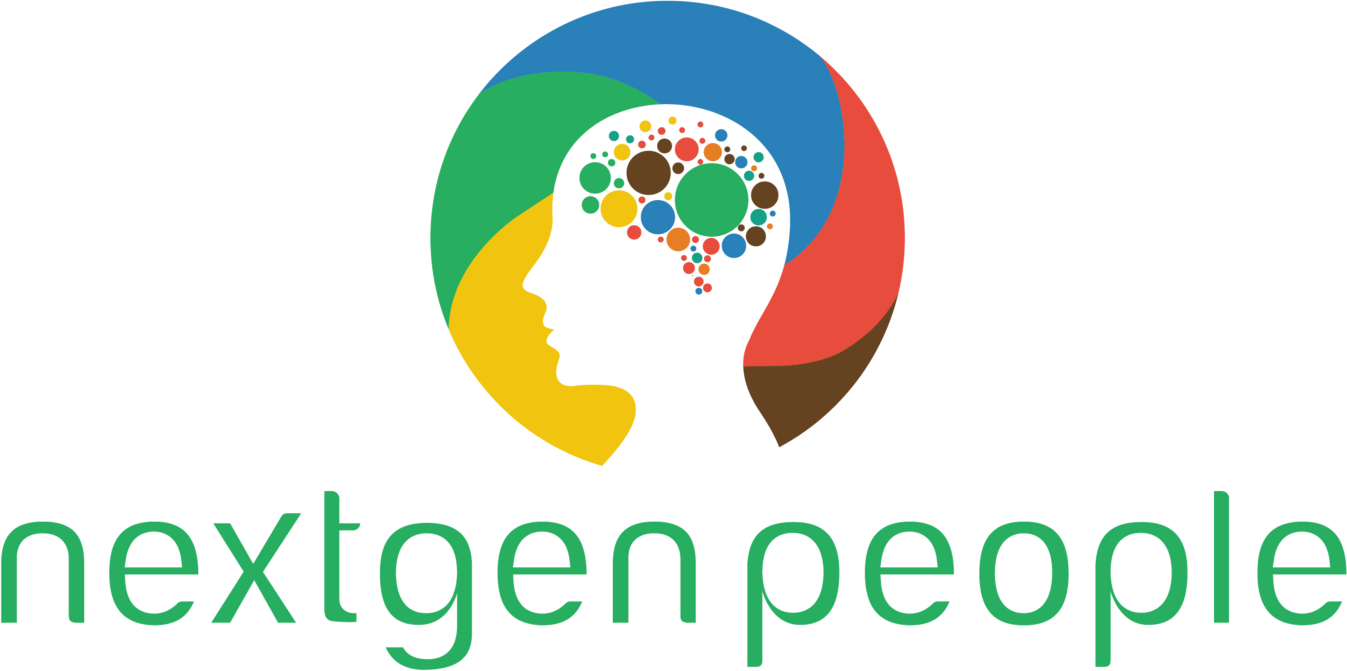The Difference Between Data-Driven and Data-Informed Decisions
Today, we're going to talk about the difference between data-driven decisions and data-informed decisions. This discussion is part of our ongoing AI and HR series, but the topic easily applies to any aspect of business. Specifically, we’ll explore the importance of understanding the differences, pros, and cons of data-driven versus data-informed decisions, and when it's ideal to use each approach.
Similarities
Let’s start with the similarities between the two approaches, as there are quite a few.
Both value data
First and foremost, both data-driven and data-informed decisions reflect an appreciation for using data to guide decision-making. This is a key component of both approaches, as organizations that adopt either tend to be users, appreciators, and beneficiaries of data and technology.Enhanced decision-making
Both approaches improve decision-making processes by incorporating data as an additional factor. Whether the decision is data-driven or data-informed, it tends to lead to more informed decisions, and ideally, better outcomes.Leverage of technology
Both data-driven and data-informed organizations leverage technology meaningfully. These organizations tend to be more progressive, staying in tune with how technology can benefit their operations and industry.Focus on continuous improvement
Both types of organizations are focused on continuous improvement. They are learning organizations, always striving to do better, and recognizing that there's always more to learn.Scalability and standardization
Lastly, both approaches often use scalable processes. Data-driven and data-informed organizations tend to program their processes in a way that allows for standardization, objectivity, and repeatability, making them more scalable.
Differences
Now that we’ve discussed the similarities, let’s dive into the key differences between data-driven and data-informed decision-making.
Quantitative vs. holistic data
Data-driven decisions tend to rely more heavily on quantitative data. These organizations look at the numbers and make decisions based strictly on what the data tells them. In contrast, data-informed decisions incorporate both quantitative and qualitative data. Organizations take into account not only the numbers but also the context, the experiences of employees, and sometimes even gut feelings, especially from individuals with significant expertise.Focus on results vs. people
Data-driven organizations are often more focused on results and process standardization, sometimes at the expense of people. Data-informed organizations, on the other hand, place greater emphasis on the human aspect—focusing more on culture, relationships, and the experiences of those within the organization.Objectivity vs. subjectivity
Data-driven decisions tend to be more objective, whereas data-informed decisions often involve a degree of subjectivity. While subjectivity isn't inherently wrong, it brings in the human element, which can sometimes be crucial for making the best decision.Flexibility
Data-driven organizations tend to have less flexibility. The data is king, and what the data says goes. On the other hand, data-informed organizations usually allow for more flexibility, as they consider a wider range of inputs, including human judgment.Role of technology
In a data-driven organization, technology often plays a central role. Decisions are heavily influenced by what the technology reveals, and technology becomes the key decision-making tool. In contrast, technology in a data-informed organization is seen more as a tool—important, but not the ultimate authority. It supports the decision-making process without dictating it.
Conclusion
In summary, both data-driven and data-informed organizations recognize the importance of data, but they approach it in different ways. While data-driven organizations rely strictly on data for decisions, data-informed organizations take a more holistic approach, blending data with human experience and judgment.
In today’s world—especially with the rise of AI—data is essential. Whether your organization is data-driven or data-informed, the key is to ensure you are using data to make better, more productive business decisions.
Have a great day!

